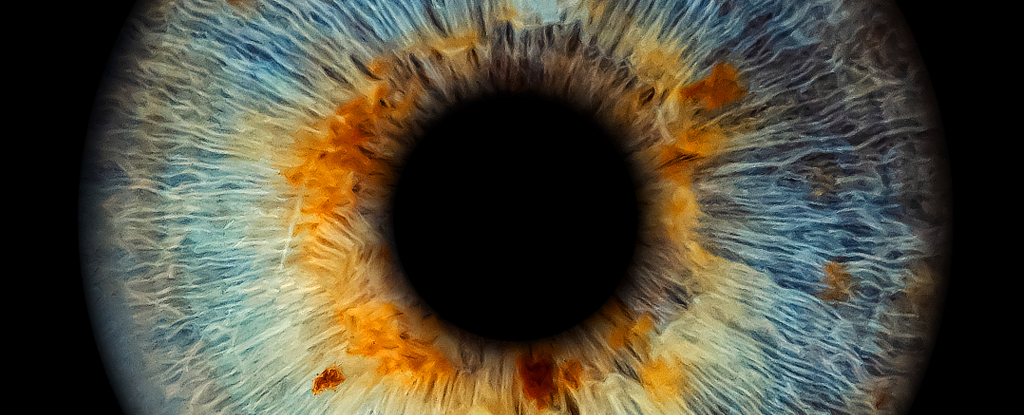Our eyes allow us to perceive the world around us and they can reveal a lot about our inner world, from what we might imagine to the first signs of hearing loss.
Mysteriously, our eyes can also change with our breathing. In a new study, researchers in Sweden and the Netherlands found that pupil sizes fluctuate with every inhalation and exhalation.
For over 100 years we have known that pupils respond to much more than just light, but research continues to investigate whether this depthless black holes expanding and contracting with our breathing are contradictory.
Some research shows that our pupils dilate when we inhale, while a 2022 study found that there was “inconclusive evidence” for this phenomenon.
So neuroscientist Martin Schaefer of the Karolinska Institutet in Sweden and colleagues set out to address the limitations of the previous studies. In a series of experiments, the team used a special camera to measure the pupil sizes of more than 100 volunteers while they were at rest and performing a visual task.
“Pupil size consistently reaches its minimum around the onset of inspiration and its maximum during expiration,” the researchers wrote in their report, which is currently awaiting peer review.
The same pattern was seen when volunteers performed a simple visual task, or simply stared at one spot, or when they breathed through their nose or mouth.
This contrasts with previous papers that claim pupils are smallest during exhalation. However, pupil size has a number of influences, so it took Schaefer and team multiple breath cycles to pick up on their subtle observance of our breathing cycle. This may explain some of the conflicting results from the past.
“Is this just an artifact?” Schaefer told Michael Le Page on New scientist. “Or is there a purpose behind it? We don’t really know yet.”
But the researchers do have some theories about these dancing pupil sizes. Previous studies suggest that smaller pupils are better at discriminating details, while larger pupils are better at detecting dim stimuli.
“Our findings suggest that visual perception itself may switch between optimizing discrimination during inspiration and detection during expiration within a single breath,” Schaefer and his team write.
Pupil size also changes depending on emotional states (such as dilation in anxiety), physical arousal, and in response to medications (such as dilation in antidepressants).
Doctors can use our pupils to measure the level of consciousness and detect mental illness. If they learn more about the behavior of patients, they can use better diagnostic indicators.
Scientists have recently discovered the mechanism behind at least some of these changes. But as with the adjustment of pupil size to our breathing cycle, the reason why many of these changes occur remains a mystery.
This research has been uploaded to bioRxiv and await peer review.
